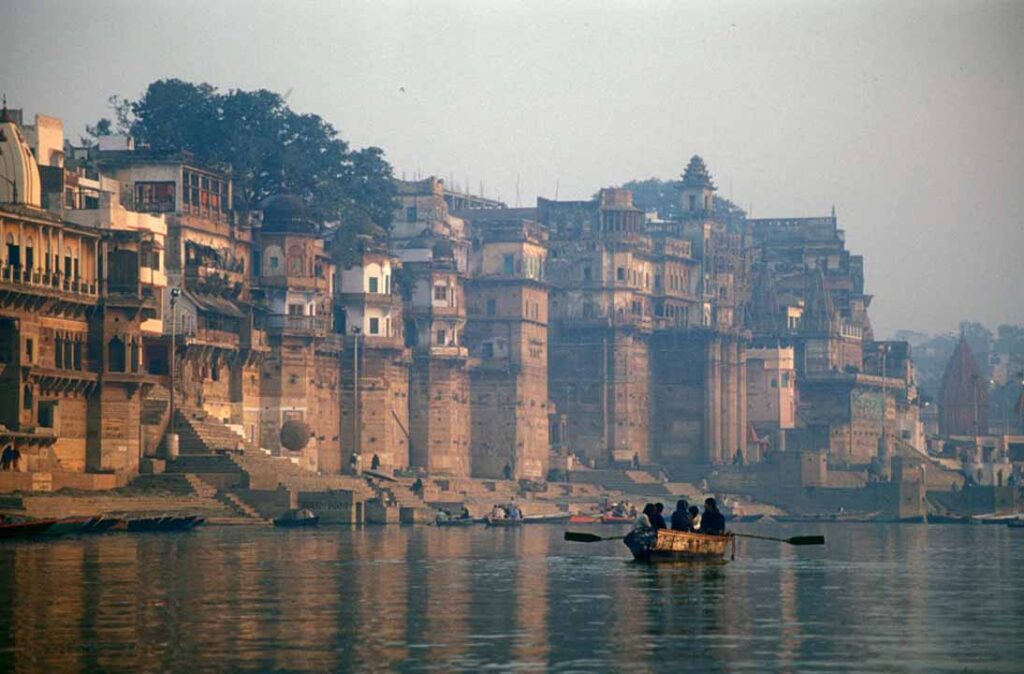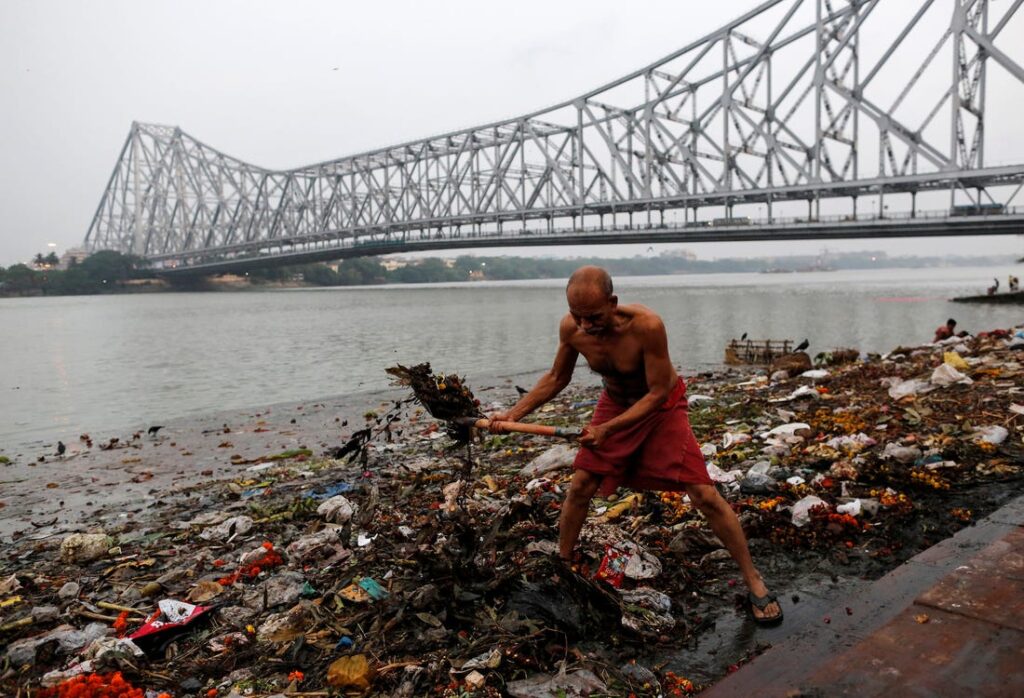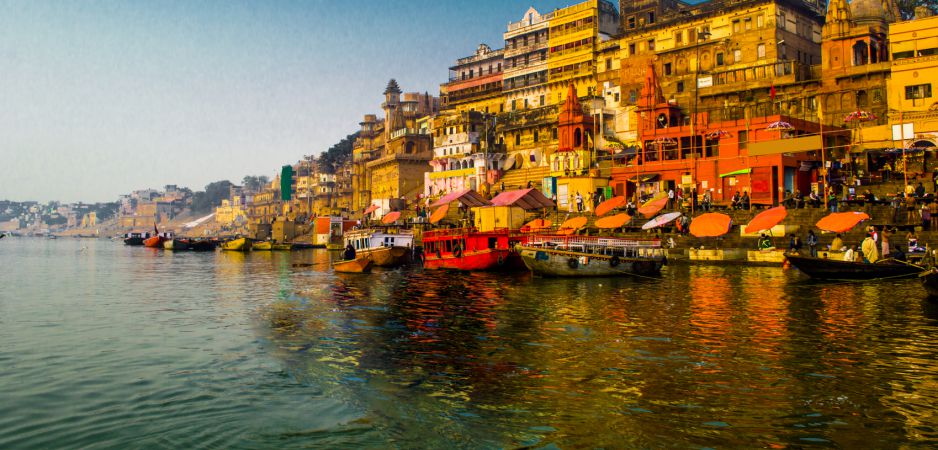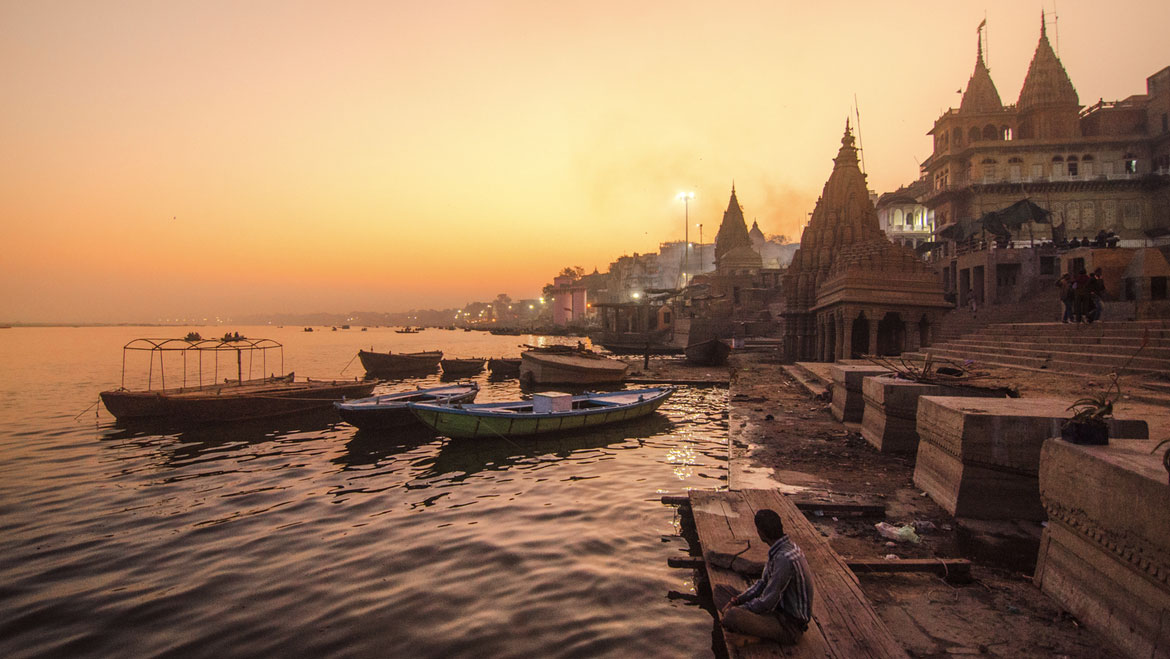The River Ganges or Ganga is considered as the holiest of all rivers in Hinduism. It is personified as the Goddess Ganga and it is believed that bathing in the river brings good fortune, causes the remission of one’s sins, and facilitates moksha (liberation from the cycle of life and death). Take a look below for 30 fascinating and fun facts about the Ganges River.
1. The River Ganges flows through the countries of India and Bangladesh.
2. The river begins in the Himalayas’ Gangotri Glacier. The glacier sits at an elevation of 3,892 meters (12,769 feet).
3. Formed by the confluence of the rivers Bhagirathi and Alaknanda, it is the longest river in India.
4. The Ganges has played a tremendous role in the Indian civilization for more than two millennia supporting its population through its water and fertile plains, among other things.
5. The river has been mentioned throughout Indian literature from ancient times.
6. There are numerous myths related to the river including how it originated and how it was brought to Earth through the efforts of King Bhagiratha.

7. The Ganges basin is the most populated river basin in the world and the river supports the maximum number of people in the world.
8. The major rivers which flow into the Ganges are: Ramganga, Gomti, Ghaghara, Gandaki, Burhi Gandak, Koshi, Mahananda, Tamsa, Yamuna, Son, and Punpun.
9. It is estimated that the River Ganges is home to 350 fish species. In a major 2007 – 2009 study, a total of 143 species of fish were recorded.
10. The river is also home to the Ganges River Dolphin, the National Aquatic Animal of India.
11. There are many species of birds that live in India and can’t be found anywhere else in the world. Many of these species rely on the Ganges River for survival.
12. The soil in the Ganges River watershed is extremely fertile. Crops commonly grown in the region include potatoes, wheat, lentils, oil seeds, rice, and sugarcane.

13. The Ganges Basin with its fertile soil is instrumental to the agricultural economies of India and Bangladesh.
14. Apart from agriculture, people living near the Ganges are dependent on the river for fishing, transportation, production of hydroelectricity, and drinking water.
15. The river provides water to about 40% of India’s population across 11 states, serving an estimated population of 500 million people which is more than any other river in the world.
16. The Ganges also serves tourism and recreational purposes.
17. On the river’s banks are India’s greatest pilgrimage sites like Rishikesh, Haridwar, Varanasi, Allahabad, and Kolkata, which are visited by millions of people from every corner of the world to quench their thirst for knowledge and liberation.
18. It is estimated that sites on the banks of the river in the states of Uttar Pradesh and Uttarakhand alone have attracted over 230 million pilgrims during mega pilgrimage years generating millions of dollars of revenue.

19. Ritual bathing in the Ganges was and is an important part of Hindu pilgrimage and the ashes of the cremated are often spread across her waters.
20. Bacteriophages are viruses that infect and kill bacteria and could provide a useful alternative to antibiotics. They are essentially harmless to humans because they are highly strained specific. Moreover, they often target bacteria that cause deadly diseases. The Ganges contains more bacteriophages than any other river in the world and is why its water possesses self-cleansing and healing properties.
21. This was first discovered by British bacteriologist Ernest Hankin in 1896 while studying the mysterious anti-bacterial properties of the Ganges.
22. A test in the late 1800s found that the Cholera bacterium could not survive in the Ganges River for more than three hours.
23. In a study conducted by Malaria Research Center in New Delhi, it was observed that water from the upper ambits of Ganga did not host mosquito breeding, and also prevented mosquito breeding if added to other water sources.
24. The Ganges River drains an area of 416,990 square miles, and by 2007 it was the 5th most polluted river in the world.

25. This pollution is greatly attributed to industrial and human waste, which is not only dangerous to the humans who consume it as drinking water but to the survival of many species that live in its water.
26. Studies have shown that the Ganges River is capable of decomposing organic waste faster than any other rivers in the world – as much as 25 times faster.
27. The Ganges River is becoming shallower in some areas. Some attribute this water level change to climate change and global warming.
28. The Ganges River system is fed from a variety of sources including the Gangotri Glacier in the Himalayas, the July to September monsoon rains, and cyclones.
29. The river flows through 29 cities with a population of over 100,000, 23 cities with a population between 50,000 and 100,000, and about 48 towns.
30. Throughout history, the Ganges River has been important to many provincial and imperial capital cities including Kolkata, Kampilya, Baharampur, Murshidabad, Munger, Patna, Kashi, Kara, Pataliputra, and Kannauj.




